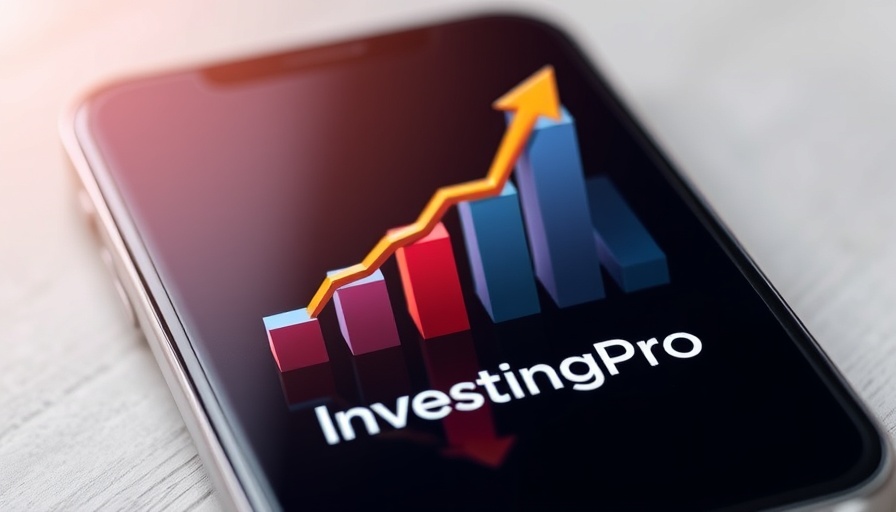
The Rise of India's GDP: What It Means for Investors
As India experiences a notable uptick in GDP growth, various sectors are poised to gain from this economic boost. From January to March, the GDP growth is projected at 6.7% year-on-year, an increase from 6.2% in the previous quarter. This economic momentum is largely attributed to a surge in rural demand and significant government expenditure, balancing out the hesitance of private firms to invest amidst global uncertainties.
The Rural Consumption Boom
Rural consumption has exhibited a remarkable resurgence, as families increasingly spend on essential goods and services. This trend is critical because rural areas make up a substantial part of India’s consumer base. Economists believe that if this consumption pattern persists, we could see a ripple effect across related sectors such as agriculture and FMCG (fast-moving consumer goods). The revival of this consumer confidence is particularly crucial as India grapples with broader economic volatility.
Government Spending: The Catalyst for Growth
Government spending has risen sharply, serving as a vital catalyst in driving economic activity. Infrastructure projects, subsidies, and direct cash transfers are intended to foster growth, especially in underserved regions. This is aligned with the government's larger strategy of bolstering the economy through robust fiscal policies. A rise in investment in these areas is an appealing prospect for investors seeking sustainable opportunities in the Indian market.
What Investors Should Know: Strategic Considerations
For investors, understanding the factors driving India’s current GDP performance is essential for making informed decisions. Investment strategies in emerging markets like India can yield substantial returns when aligned with the right sectors. For instance, sectors benefitting from government reforms, such as infrastructure and rural retail, may present promising opportunities for growth stocks.
The Risks Ahead: Global Economic Influences
Despite local positive indicators, global economic uncertainties continue to pose risks for India’s growth story. Factors such as fluctuating global oil prices, tightening fiscal policies in developed markets, and potential overheating in the domestic market could impact India's GDP trajectory. Investors should remain cautious and incorporate risk management strategies into their portfolios, particularly those focused on Indian markets.
Emerging Investment Trends in India
With the growth in GDP, new investment trends are emerging. There is an increasing focus on sustainable investing strategies that align with global environmental goals. Investors are also keen on sectors like technology, healthcare, and renewable energy, which offer long-term growth potential. Exploring these areas could yield favorable outcomes, especially for those who prioritize impact investing.
Final Thoughts: Keeping an Eye on Economic Indicators
Staying informed about key economic indicators is vital for strategic investing. Indicators such as consumer confidence, inflation rates, and rural spending patterns can significantly influence market dynamics. As India's economic landscape evolves, so too will the opportunities for savvy investors who adapt and respond to these shifts efficiently. Investors are encouraged to explore various strategies—from mutual funds to ETFs—that align with their risk profiles and investment horizons.
Understanding the nuances of the Indian economy can open doors to diversification and growth in your investment portfolio. As we see further developments, leveraging this information into actionable investment strategies is essential for optimizing returns. Keep your portfolios balanced and proactive in light of the shifting market conditions—success often comes from being prepared for the unexpected.
 Add Row
Add Row  Add
Add 



Write A Comment